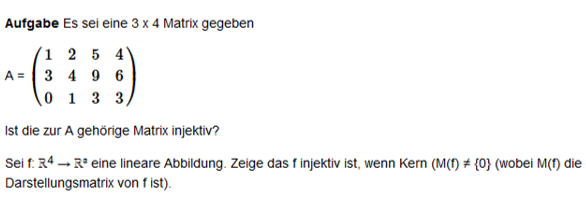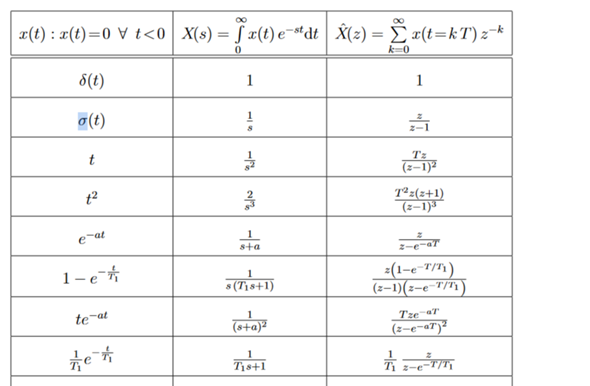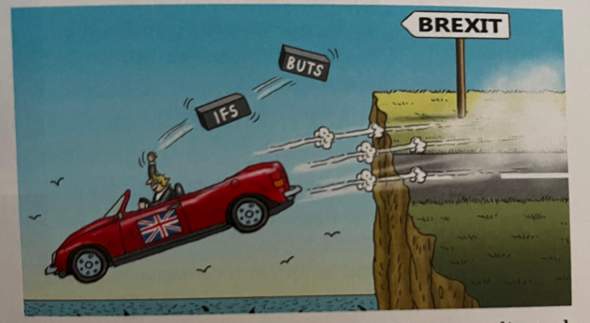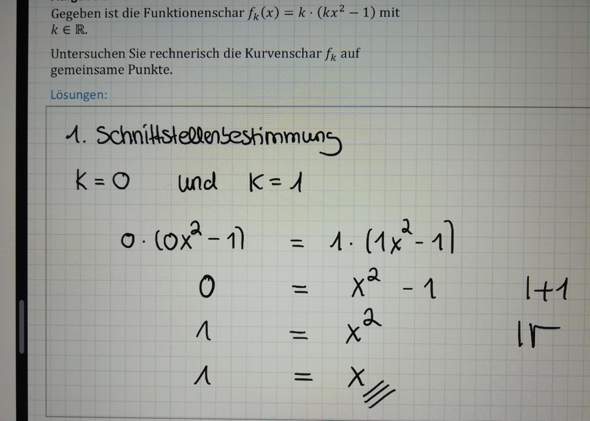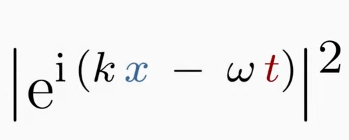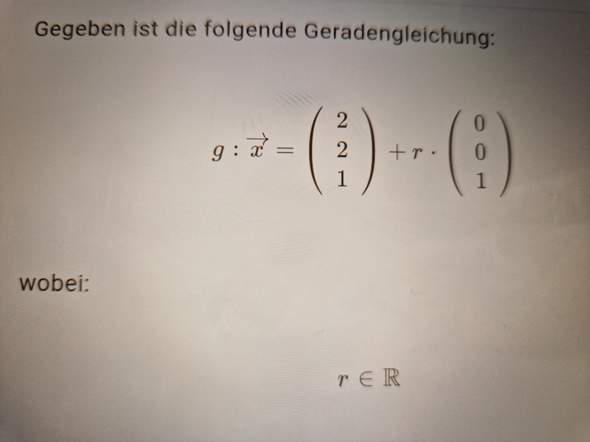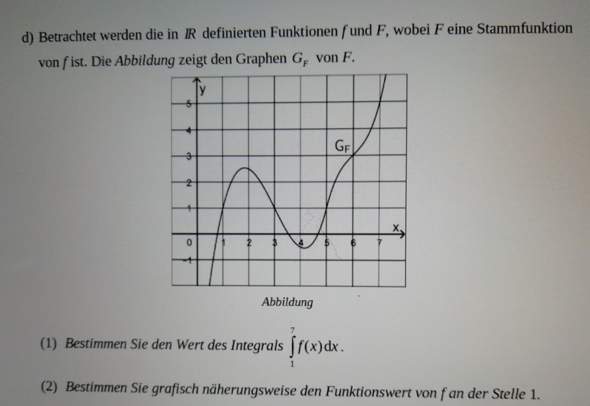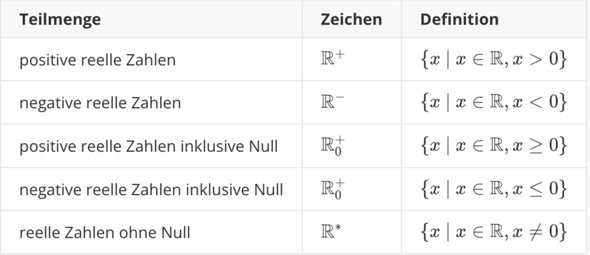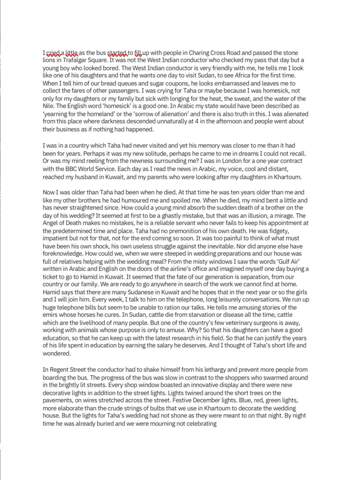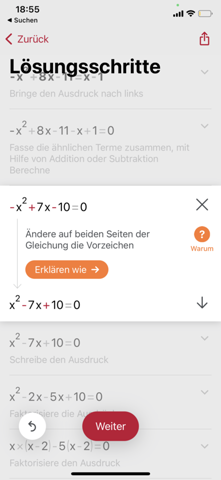Bei einem Volksfest wird die Zustromrate durch die Funktion z(t)=−24t^2+190t+500 und die Abstromrate durch die Funktion a(t)=−7,8t^3+78t^2 bestimmt. (t: Zeit in Std. seit 12.00 Uhr; z,a: Zu-bzw. Abstromrate in Besucher/Std.)
Ich bin mir bei der d) unsicher. Den rest habe ich der Vollständigkeit halber trotzdem mit aufgeführt.
a) Stellen Sie die Graphen von f und g für 0 ≤t ≤10 dar (GTR erlaubt).
Lösung vorhanden
b) Zu welchen Zeitpunkten sind die Raten maximal, wann sind sie gleich ?
Lösung: maximale Rate: Ableitungsfunktionen jeweils 0 setzen ergibt bei z(t) einen HP(95/24 / 21025/24) sowie bei a(t) einen TP(0/0) und einen HP(20/3 / 1122,56)
gleiche Rate: a(t)=z(t) bzw. -a(t)=z(t) ergibt t=10 --> Raten sind um 22:00 Uhr gleich
c) Wie viele Besucher hatte das Volksfest insgesamt?
Lösung: Integral von 0 bis 10 von z(t) dt ergibt 6500 Besucher
d) Wie groß ist die maximale Zahl von Besuchern, die sich gleichzeitig auf dem Volksfest befanden?
Ansatz: Hierzu hatte ich schon einiges in anderen Foren gelesen, aber bin trotzdem noch sehr unsicher. a(t) und z(t) geben Änderungsraten an, also muss ich für die Gesamtanzahl der Besucher die Stammfunktion bilden von z(t)-a(t) und davon dann das Extremum berechnen, was wieder bedeutet, dass ich einfach die Nullstelle ausrechne mit z(t)-a(t)=0 oder?
Sprich: z(t)-a(t)=0 ergibt t1=-1,42416, t2=4,50108, t3=10, Die Ableitung von z(t)-a(t) ergibt für t1=527,989 (TP), t2=-254,143 (HP), t3=490 (TP), somit setze ich t2 in meine Stammfunktion (Integral von z(t)-a(t) dt) und komme auf 1875,12 Besucher.
Ist dieser Weg richtig oder hat jemand noch weitere Hilfestellungen für mich?
e) Zeigen Sie, dass insgesamt alle Besucher das Fest wieder verließen.
Lösung: Integral von 0 bis 10 von a(t) dt ergibt 6500 --> Alle Besucher (siehe Lösung c) mit 6500 Besuchern insgesamt) verließen das Fest wieder
